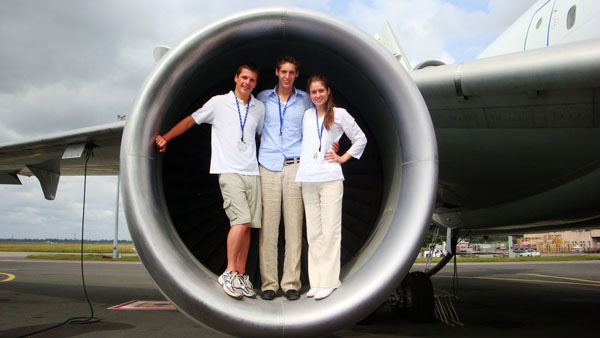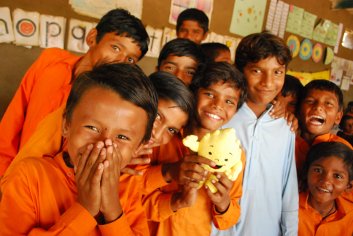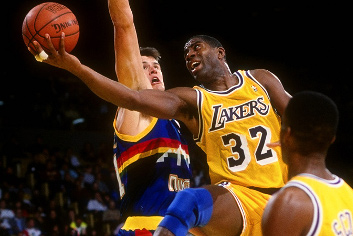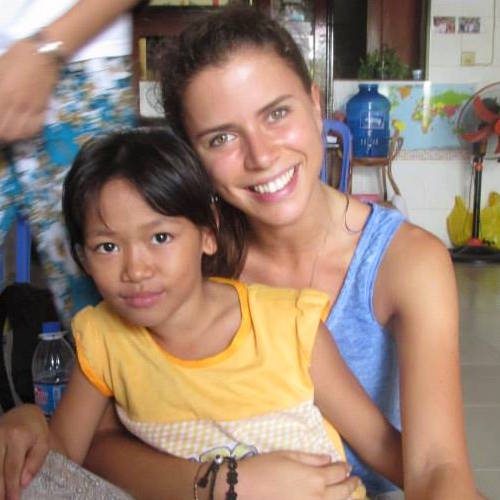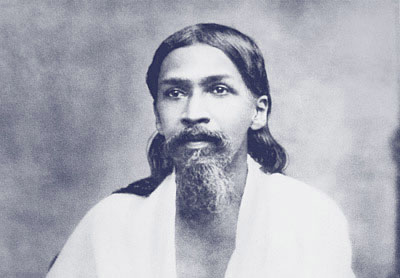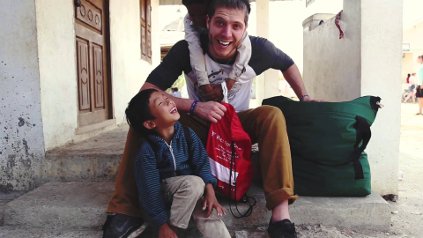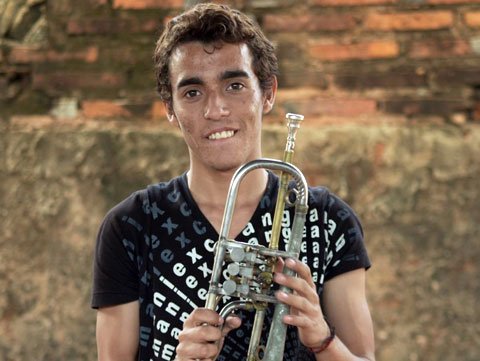
Nabeel Siddiqui
Almost 2 years ago I completed my degree in civil engineering from NED University in Karachi. Right after graduating I went on to do something I had never thought I would do. I say this because, as engineers, we seem to appreciate having a lot of certainty in everything. However, I went on to do something which was surrounded by uncertainty — a startup.
It was 2016 when some close friends and I, were wrapping up everything, hoping to land a good job, or perhaps, continue studying.
However, something more crucial was happening that year. A photo of a Syrian boy, Aylan Kurdi, had circulated over the internet. The 3-year-old boy had drowned in the Mediterranean Sea, trying to escape the severe civil war conditions in Syria. Researching through some more videos and photos, we came to realize, that housing was a major issue for refugees; due to a large influx of people in a short span of time — these people were indefinitely left to live in adverse conditions.
This immediately reminded me of past events in Pakistan and the magnitude of the problem. From refugees to people losing their homes due to earthquakes, and flooding, Pakistan has seen a large number of displacements and is currently facing a shortage of over 10 million housing units. Moreover, a large urban population (over 45%) lives in slums or shanty towns. However, such problems are not just limited to Syria or Pakistan; there are housing shortages all over the world.
From emerging economies to some of the most developed countries, there are over 65 million people displaced around the world today, and more than 1.6 billion people lack adequate housing.
According to Maslow’s theory, shelter and safety are one of the most basic human needs without which we cannot reach our true potential. Yet, most displaced people continue to live without such necessities indefinitely and are exposed to harsh weather conditions, as well as epidemics and all sorts of social problems.
Unfortunately, whatever housing solutions that exist today, are either too costly and take too much time to implement. This was why we felt the need to reinvent the way housing is done; hence the idea of ModulusTech came into being. However, it didn’t come across as simply.
When I was growing up, I was a big fan of Star Trek, which shows you how the future of the world could look like with advancements in science and technology. It had instilled a belief in me about how science would be able to solve some of our biggest problems.
Hence, I’ve always fantasized about this utopian world where homo sapiens would be able to move past their differences and be able to share resources efficiently, allowing high standards of living for everyone. This correlates quite well with a tool called the Kardashev Scale. The Kardashev scale essentially shows how far humanity can advance, based on energy and technology.
A Type 1 civilization is one that can utilize all available resources on their home planet, which would help us solve a lot of our problems. Whereas, a Type 0 civilization only extracts its energy from crude organic-based sources such as wood, coal, and oil. Hence, isn’t entirely able to solve its big problems due to the limited resources. Unfortunately, this is about where we are today. We haven’t quite made it to Type I yet.
But the idea here is: if we don’t destroy the planet, and keep bringing advancements in technology, we can reach Type 1 in the next 100 years, and possibly be able to solve some of our most pressing problems. Hence, I believed that the best way to create a lasting impact is through technological breakthroughs and innovation.
However, there was something I really struggled to understand. Why is it that, with all the advancements in technology today, how come a basic human need such as housing is still ignored? I couldn’t find a precise answer, yet I argued that we don’t need to become a Type 1 civilization before we start to address this problem.
I guess we were optimists and dreamers, who set out to try and find a ground-breaking solution, to a problem we felt was worth working on. And we had some bizarre ideas about how we could potentially revolutionize housing.
Initially, our moonshot idea was to somehow make a low-cost, modular house that you could easily transport anywhere and set up within a day. Thus, allowing affected populations to be rehabilitated at the earliest and having access to necessities for daily life and well-being. We felt that if we could make this possible within the cost bracket we identified, it would be a game changer.
Right from the first day, we were all extremely passionate to take on the challenge, like our lives suddenly had a purpose to it. We had to completely rethink about how housing is done. In fact, I was so obsessed with building a successful prototype, I was solving these problems in my dreams as well.
We faced some extreme technical challenges and constraints throughout, along with a lack of resources. And after more than a year-long struggle, we finally came up with an industrialized concept for these, modular, flat-packed houses, that made it possible to set up houses, in not a day, but in as little time as 3 hours! It only took 3 people to build a house — and cost only $3,000 dollars while having a lifespan of 30 years.
Moreover, we achieved a superior flat-packed volume which made transporting these houses a lot more efficient, while having all the features you would expect in a normal house. We were also able to reduce the carbon footprint by over 50 times, which is crucial for solving a problem of this scale; without pushing global warming beyond its tipping point.
After we successfully tested our prototype, it was unbelievable… for a long time it just felt like unreal. We felt it was too good to not pursue. Although we were all fresh graduates without much experience, we went on to become a hardware startup. We soon realized, running a startup is a hundred times more difficult than prototyping — and that’s an understatement.
There was so much more we had to learn and there are always moments when you just want to give up and try something easier. But this is exactly where the social impact plays a critical role. In our case, we thought it was something a lot bigger than us.
The gratification makes the struggle worth it. And the sheer potential impact of the product is what keeps you going.
So, it’s been a journey that has tested our patience, yet we’ve been able to achieve a lot as well. We were able to solve problems that big (read: gigantic) companies with more resources around the world haven’t been able to. We were also recognized internationally for our innovation, winning various startup competitions in Pakistan and overseas.
We’ve also received a ton of media coverage in the process. But nothing comes easy, it takes a lot of bravery and hard work and we still have a long way to go. Though, had we not had the perseverance, or the nerves to take calculated risks, none of this would have happened. Hence, I feel that if you want to pursue your dreams, you should have the courage to stick to them in the long term — and make it all happen.
This is just one of the examples of how technology can create social impact, and how social causes can turn into sustainable, scalable businesses… History has shown us many such examples, which probably weren’t even envisioned to solve the problems that they do today.
For example, the transistor is perhaps the greatest invention of the 20th century, it has completely changed society today, created millions of jobs, ranging from transportation, computers, communication, manufacturing, etc. It has had an unprecedented impact on the world’s economy as well.
Just as how technology can create social impact, I believe social causes do also result in technological breakthroughs. For ModulusTech, it has been the most motivating factor. And the fact that we’re here today, reflects how important having belief in that one thing you truly care about is so important.
Once you have that one thing you believe in, you can see why it is worth that leap of faith and why you shouldn’t be doing anything else, or why you shouldn’t be afraid of failure. As Allama Iqbal contemplated; “Why should I ask the wise men: Whence is my beginning? I am busy with the thought: Where will be my end?”
Failure may be a possibility; but the path to failure is uncertain. Hence, we must discover the path that makes us the happiest. It would not be an easy or straightforward journey; however, it will be a journey worthwhile and meaningful.
Moreover, if you believe in your dream and the cause, a lack of resources won’t be able to stop you. The Wright brothers are a prime example of this for my team and I: just like them, we weren’t the only group of people working on solving a major challenge. Like them, we weren’t the most educated or the most resourceful — but like them we believed in our dream.
Without a doubt, history is filled with examples of people not coming from favorable backgrounds, yet they strived and created an impact that has changed the course of the world forever. As Carl Sagan aptly said: “Who are we, if not measured by our impact on others? That’s who we are! We’re not who we say we are, we’re not who we want to be — we are the sum of the influence and impact that we have, in our lives, on others.”
I personally believe that in today’s world, innovators can create more social impact than anyone else. Besides, the world might not need philanthropists as much as it needs innovators that redefine the way philanthropy is done.
Nabbed Siddiqui
CEO at ModulusTech
G20 Global Changer YGC19

